Filter News
Area of Research
- (-) Computer Science (1)
- (-) Neutron Science (32)
- Advanced Manufacturing (5)
- Biological Systems (5)
- Biology and Environment (4)
- Biology and Soft Matter (3)
- Building Technologies (5)
- Chemical and Engineering Materials (2)
- Chemistry and Physics at Interfaces (5)
- Clean Energy (67)
- Climate and Environmental Systems (6)
- Computational Biology (2)
- Computational Chemistry (4)
- Computational Engineering (1)
- Earth Sciences (1)
- Energy Frontier Research Centers (7)
- Fossil Energy (1)
- Fuel Cycle Science and Technology (2)
- Functional Materials for Energy (8)
- Fusion Energy (1)
- Geographic Information Science and Technology (1)
- Materials (83)
- Materials for Computing (7)
- Materials Synthesis from Atoms to Systems (8)
- Materials Under Extremes (5)
- National Security (2)
- Neutron Data Analysis and Visualization (2)
- Nuclear Science and Technology (19)
- Nuclear Systems Modeling, Simulation and Validation (1)
- Nuclear Systems Technology (1)
- Quantum Condensed Matter (2)
- Renewable Energy (1)
- Sensors and Controls (3)
- Supercomputing (38)
- Transportation Systems (3)
News Type
Media Contacts
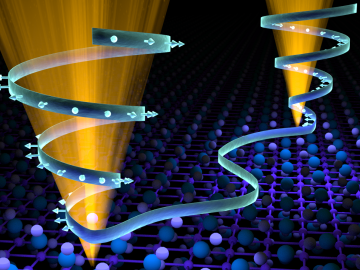
The observation of an abnormal state of matter in a two-dimensional magnetic material is the latest development in the race to harness novel electronic properties for more robust and efficient next-generation devices.
Neutron scattering at the Department of Energy’s Oak Ridge ...

Researchers are looking to neutrons for new ways to save fuel during the operation of filters that clean the soot, or carbon and ash-based particulate matter, emitted by vehicles. A team of researchers from the Energy and Transportation Science Division at the Department of En...
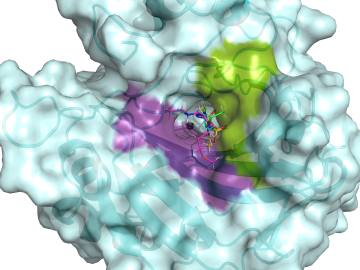
New insights from neutron analysis of glaucoma drugs and their enzyme target may help scientists design drugs that more effectively target aggressive cancers.
A team of researchers led by the Department of Energy’s Oak Ridge National Laboratory used neutro...
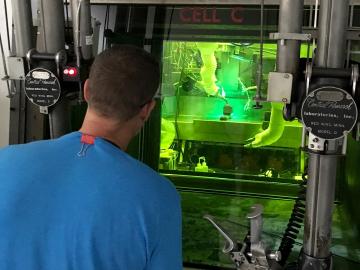
Scientists of the Department of Energy’s Light Water Reactor Sustainability Program (LWRS) and partners from the Electric Power Research Institute (EPRI) have conducted the first weld tests to repair highly irradiated materials at DOE’s Oak Ridge National Laboratory.

To improve models for drilling, hydraulic fracturing and underground storage of carbon dioxide, Oak Ridge National Laboratory scientists used neutrons to understand how water flows through fractured rock.
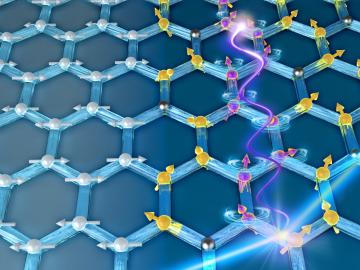
A novel approach for studying magnetic behavior in a material called alpha-ruthenium trichloride may have implications for quantum computing. By suppressing the material’s magnetic order, scientists from Oak Ridge National Laboratory and the University of Tennessee observed be...

For more than 50 years, scientists have debated what turns particular oxide insulators, in which electrons barely move, into metals, in which electrons flow freely.
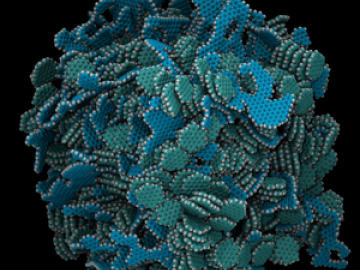
When Orlando Rios first started analyzing samples of carbon fibers made from a woody plant polymer known as lignin, he noticed something unusual. The material’s microstructure -- a mixture of perfectly spherical nanoscale crystallites distributed within a fibrous matrix -- looked almost too good to be true.

Researchers at the Department of Energy’s Oak Ridge National Laboratory got a surprise when they built a highly ordered lattice by layering thin films containing lanthanum, strontium, oxygen and iron. Although each layer had an intrinsically nonpolar (symmetric) distribution of electrical charges, the lattice had an asymmetric distribution of charges. The charge asymmetry creates an extra “switch” that brings new functionalities to materials when “flipped” by external stimuli such as electric fields or mechanical strain. This makes polar materials useful for devices such as sensors and actuators.
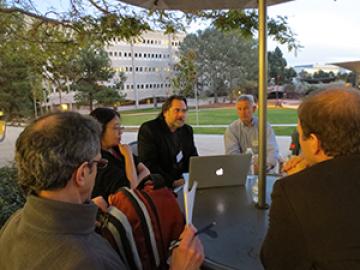
The Department of Energy’s Oak Ridge National Laboratory concluded a series of workshops this month that engaged scientists from around the country to identify grand scientific challenges and how they might be addressed through application of neutron science.




